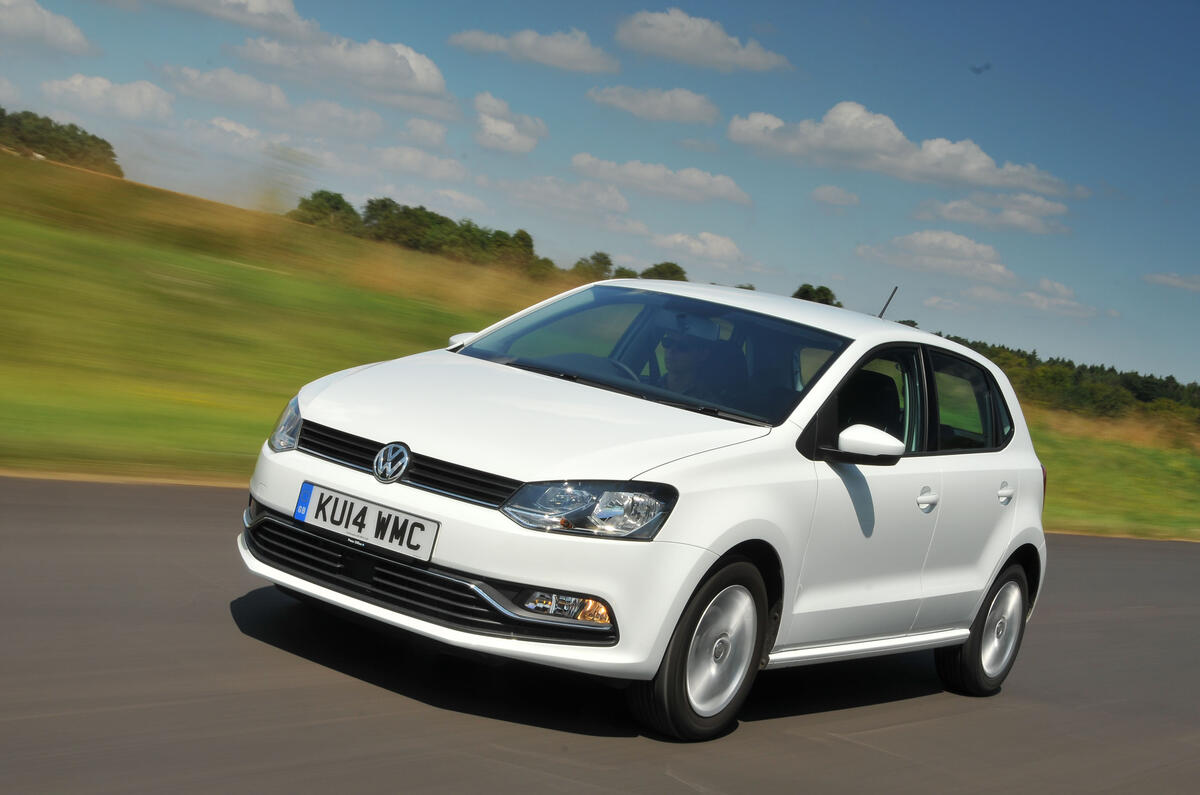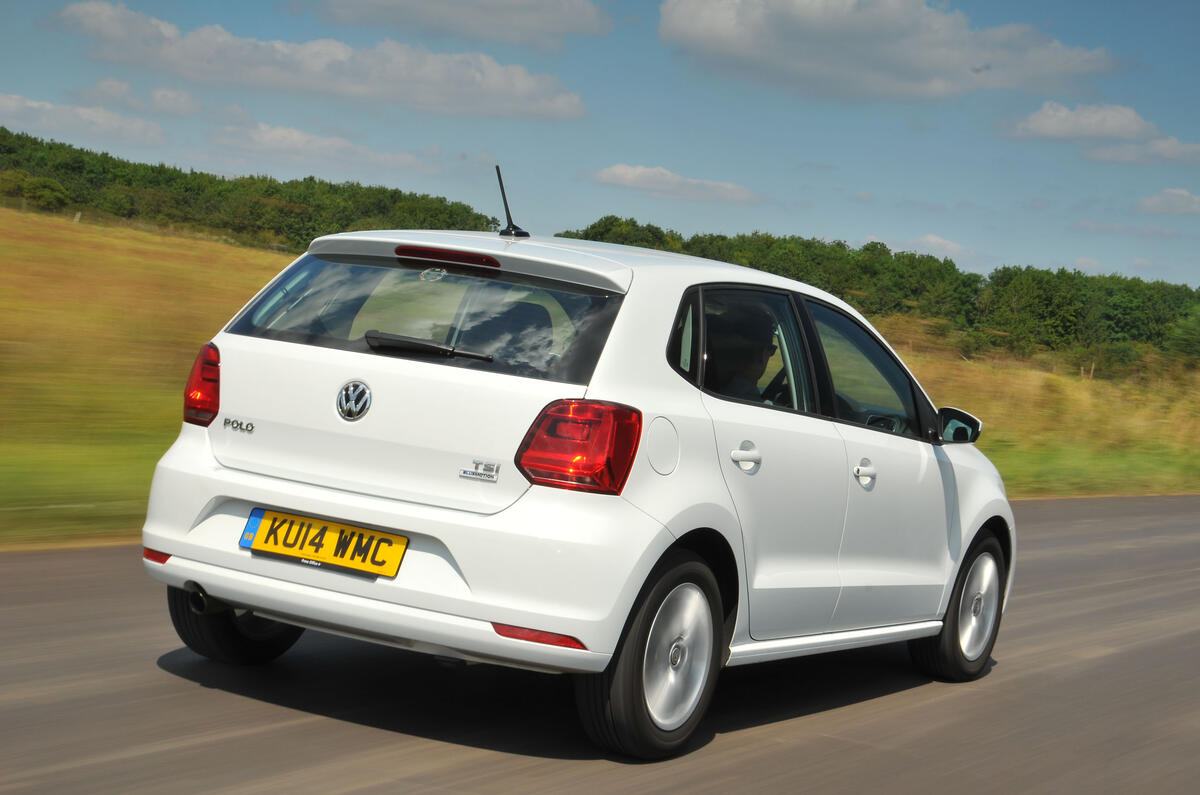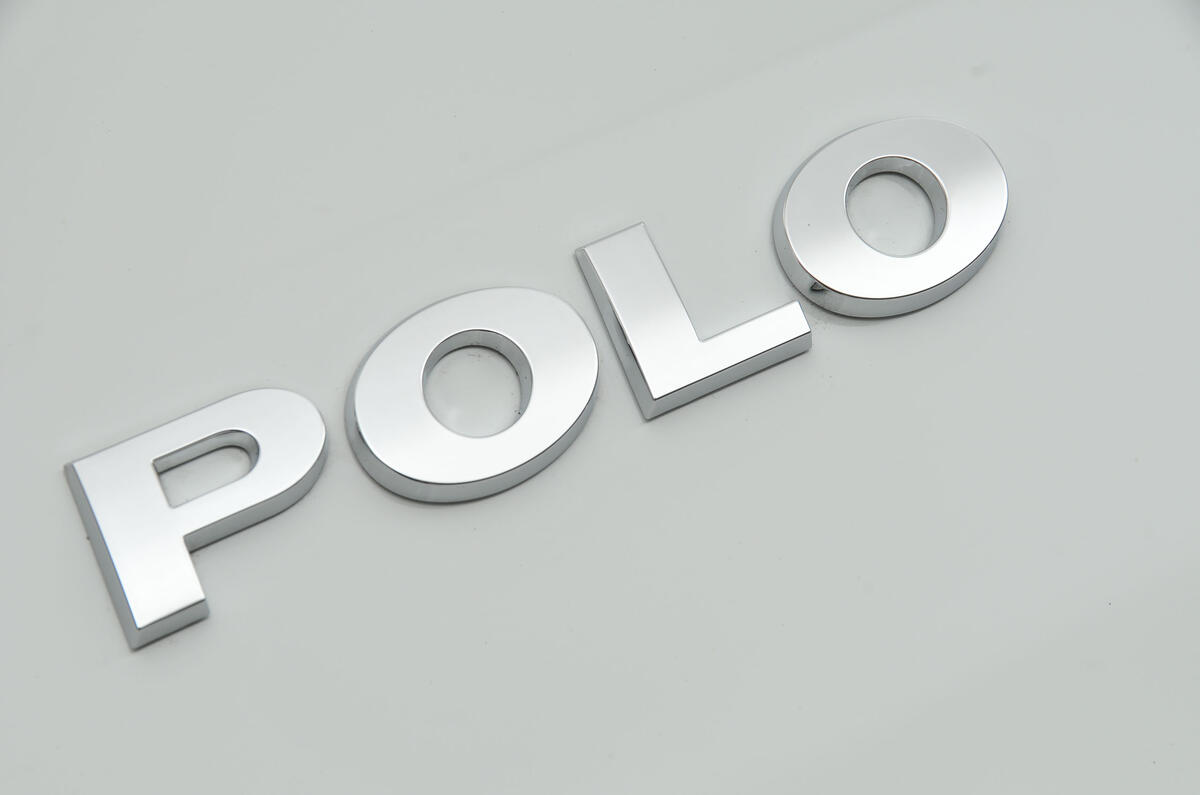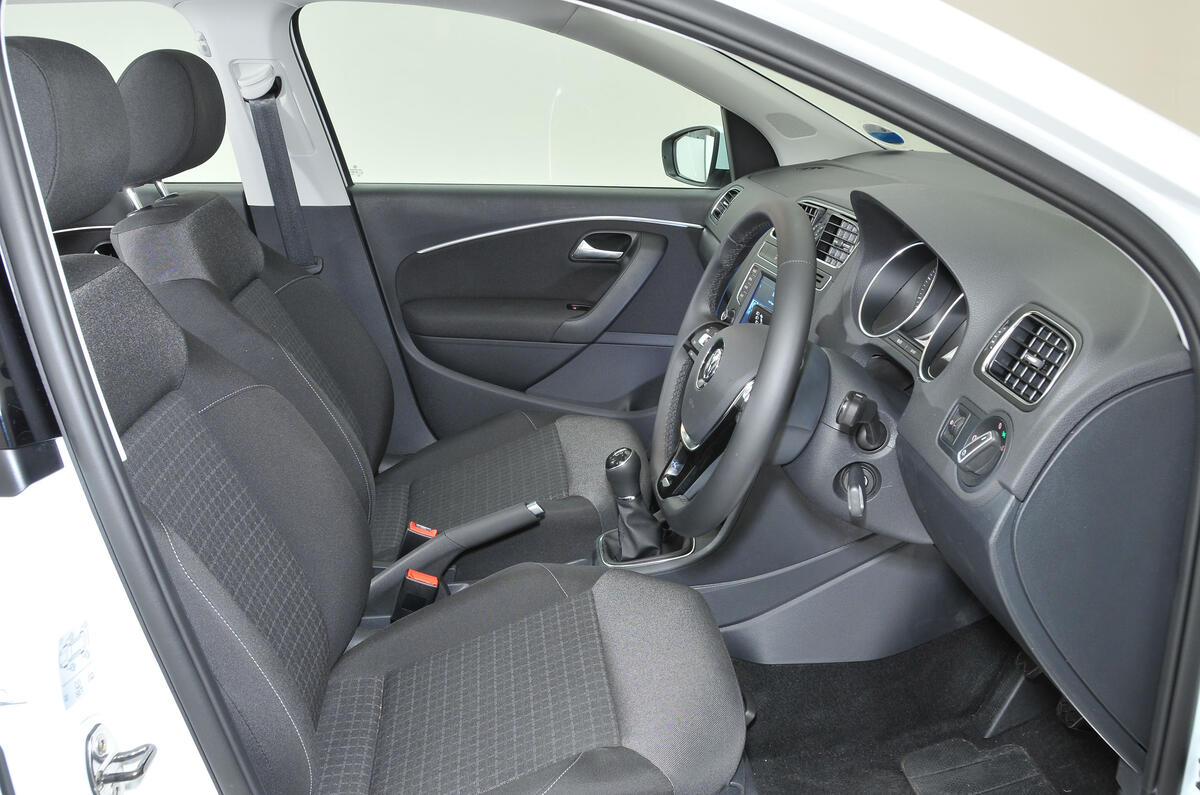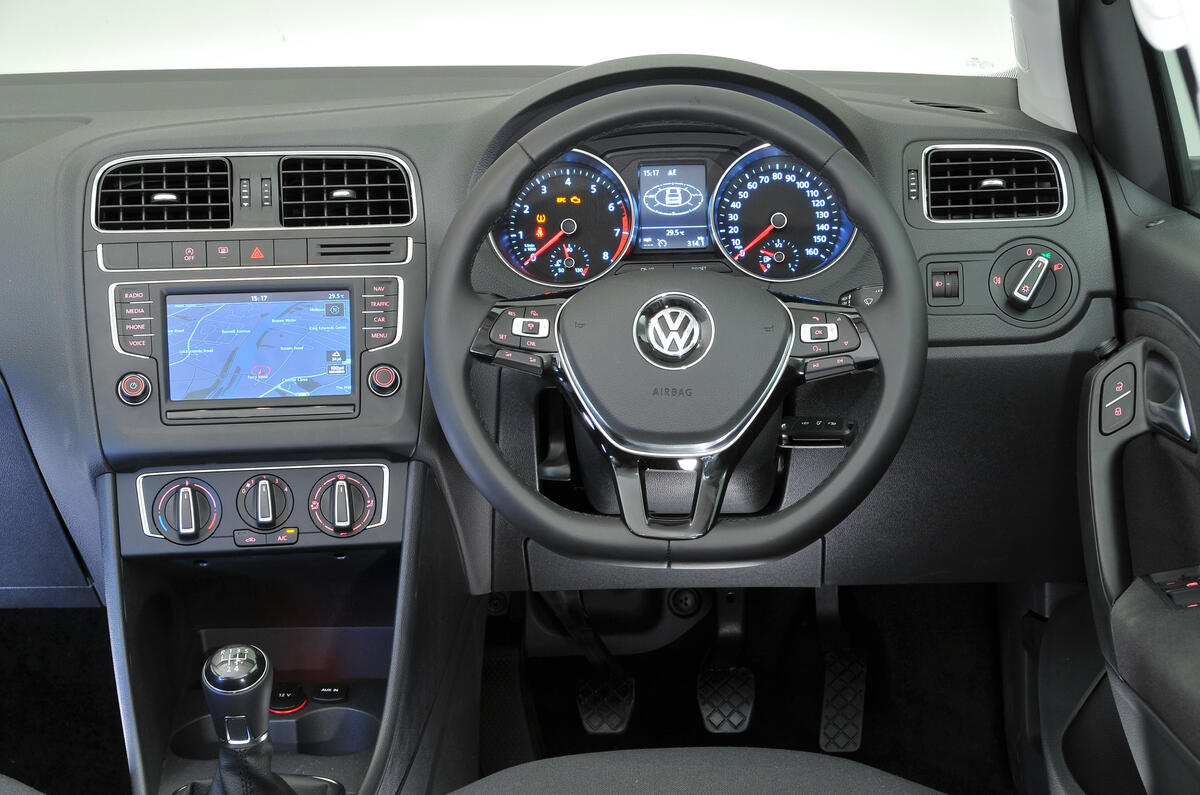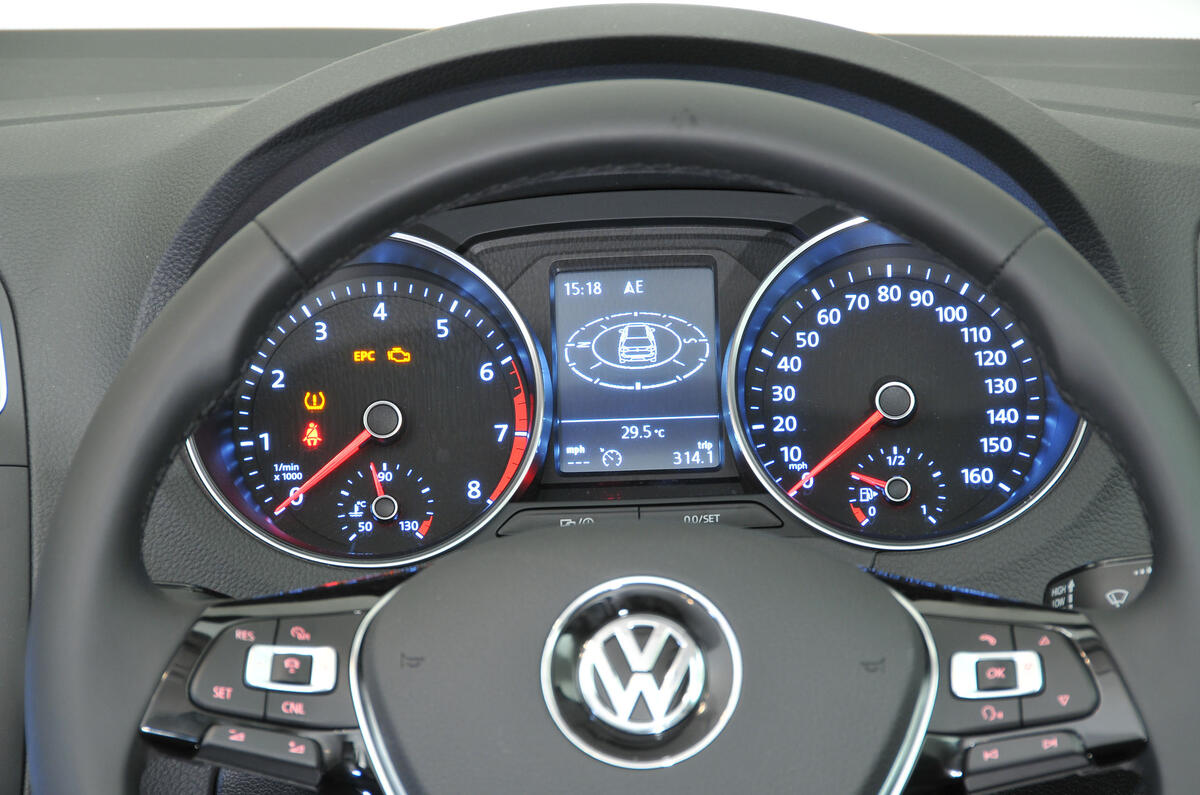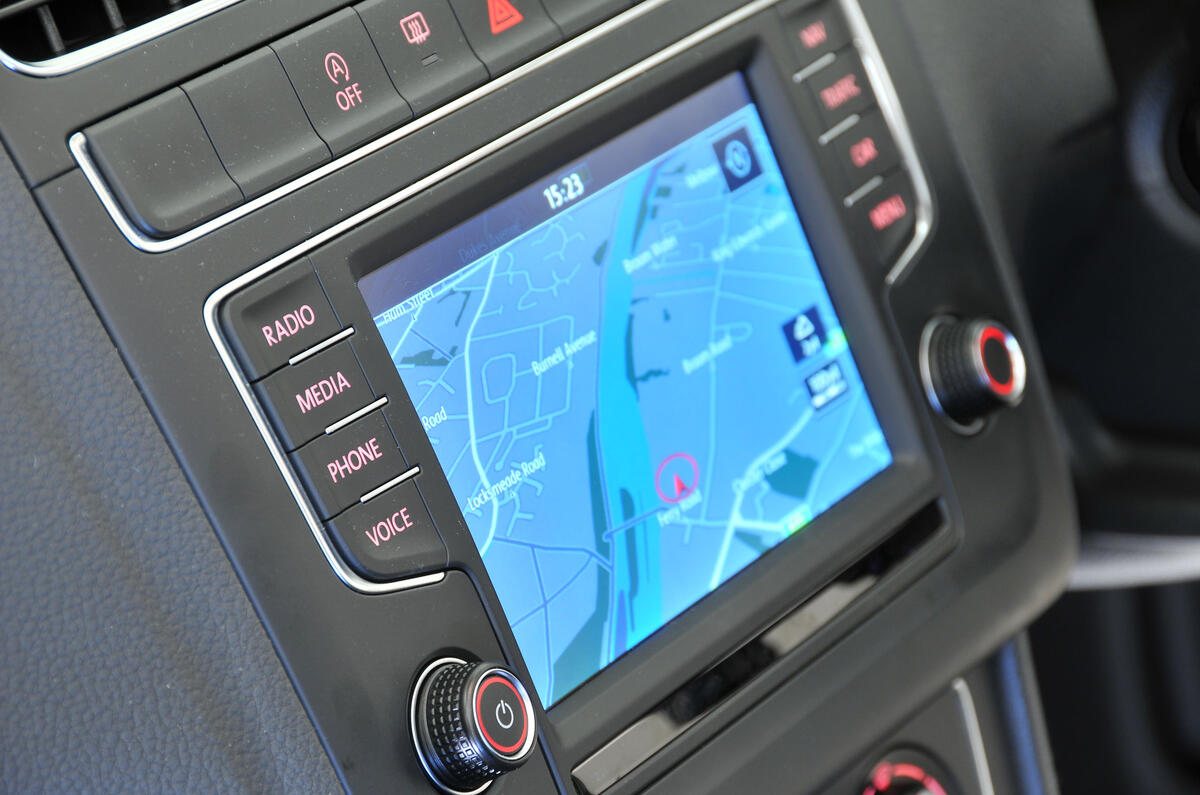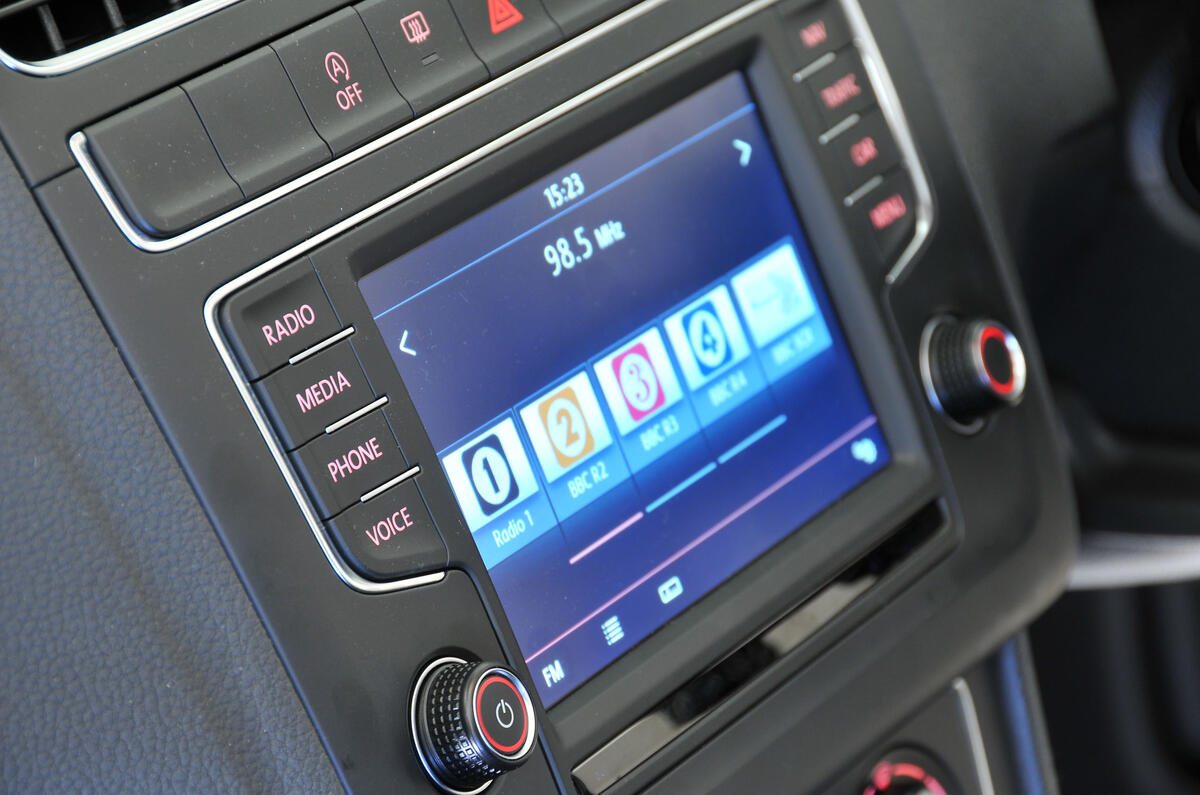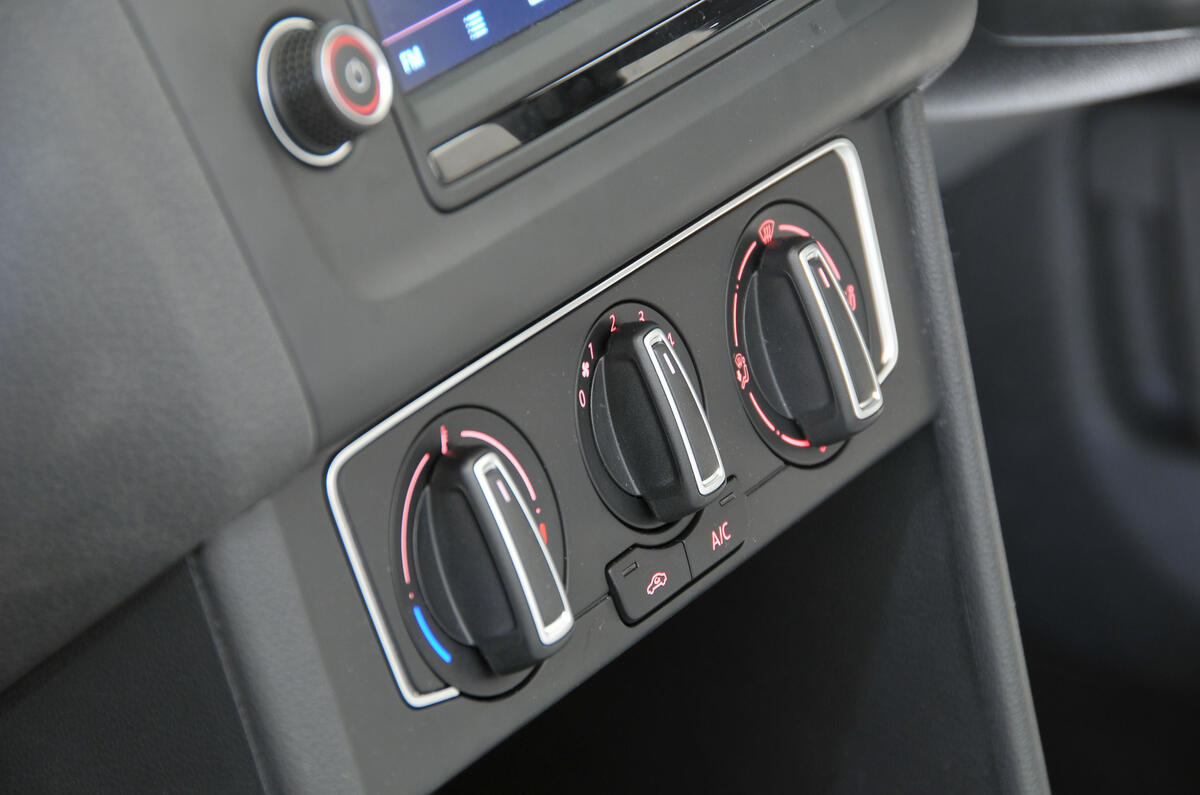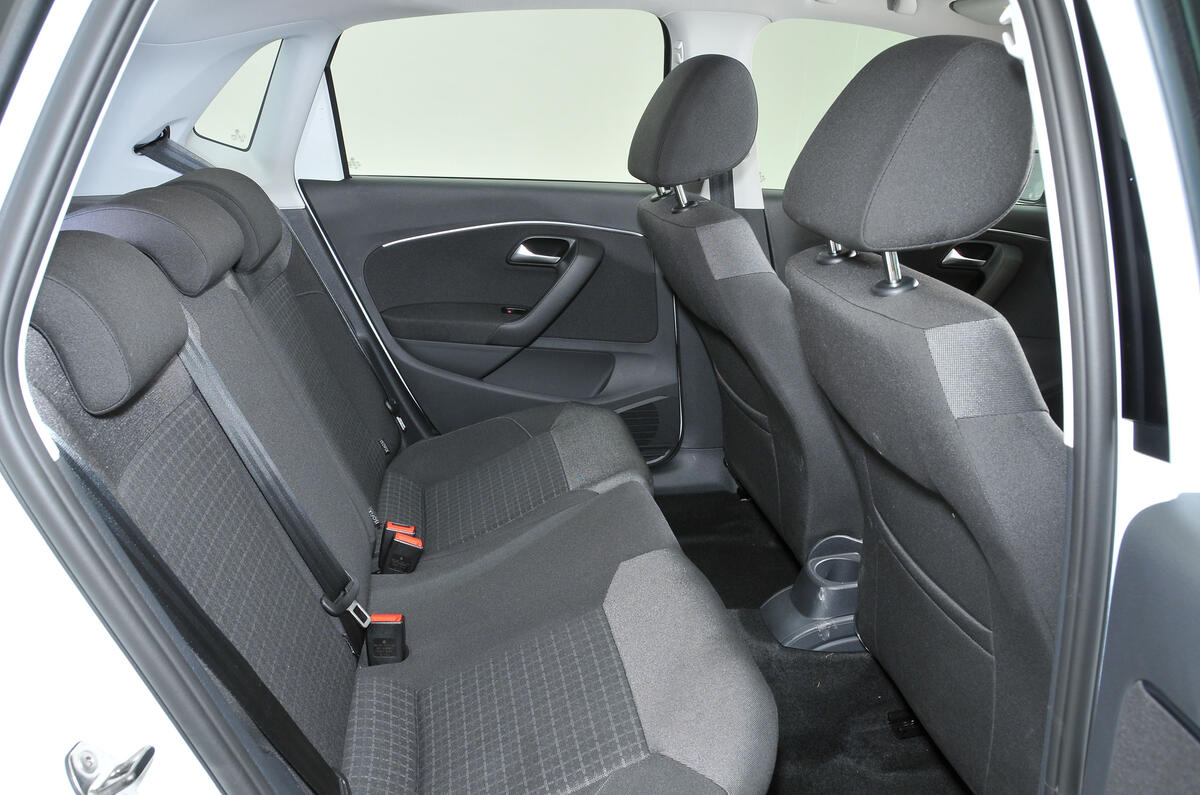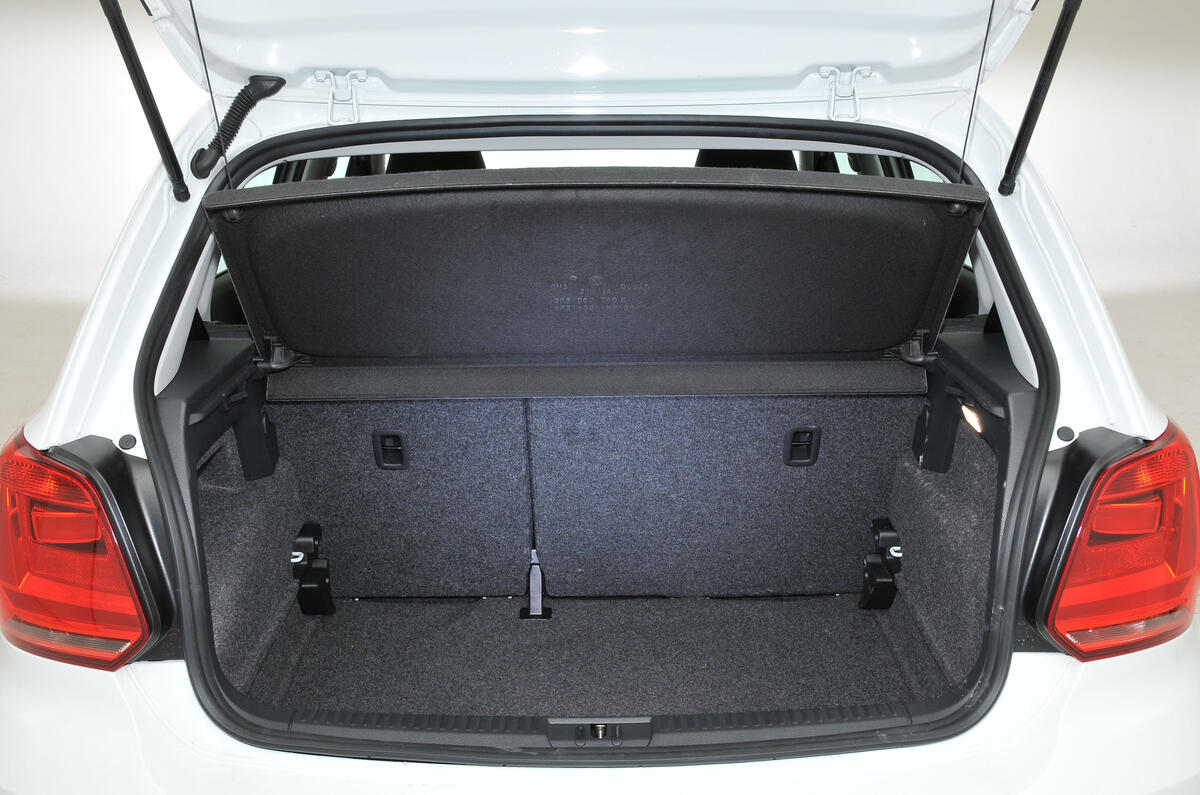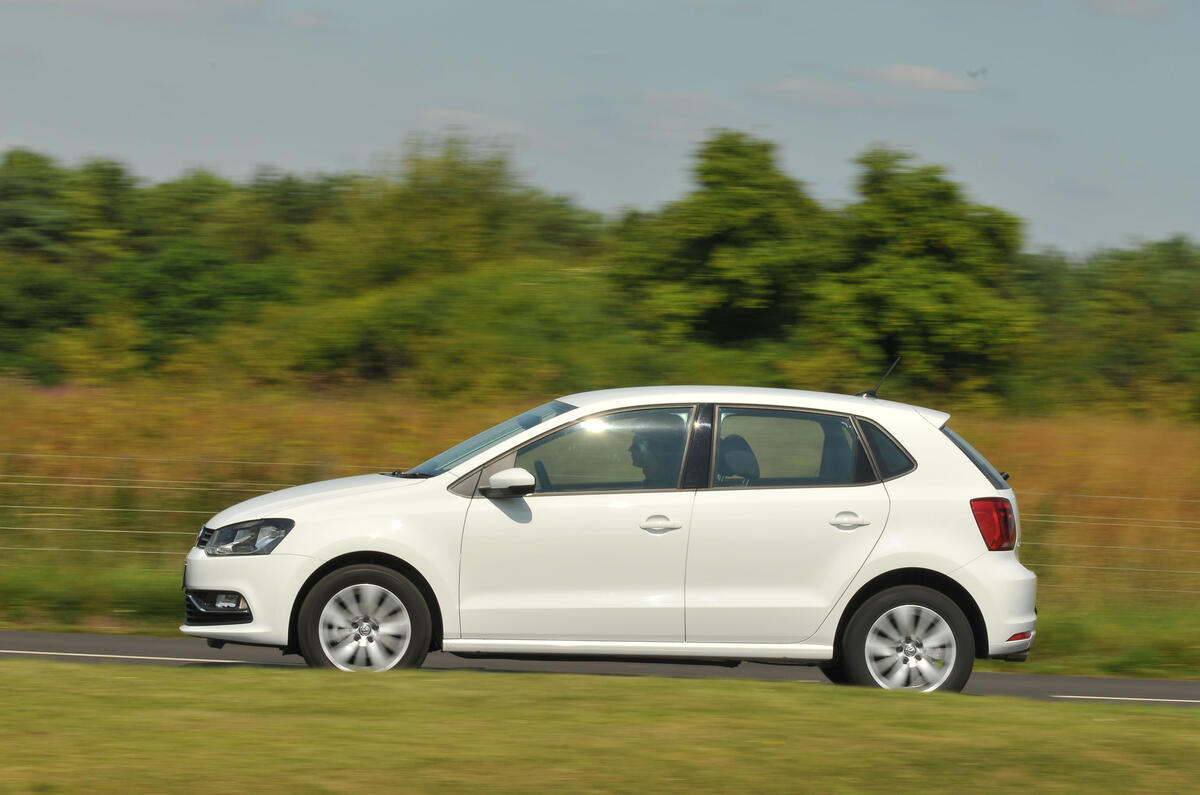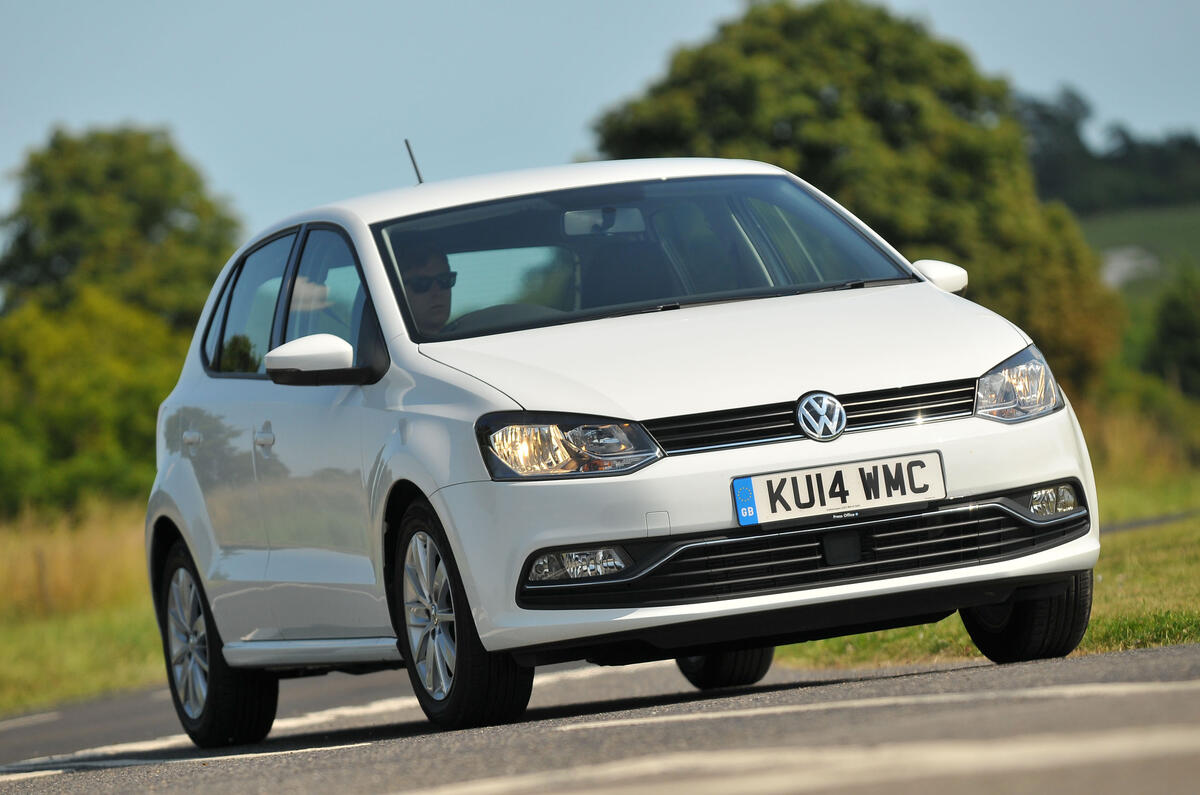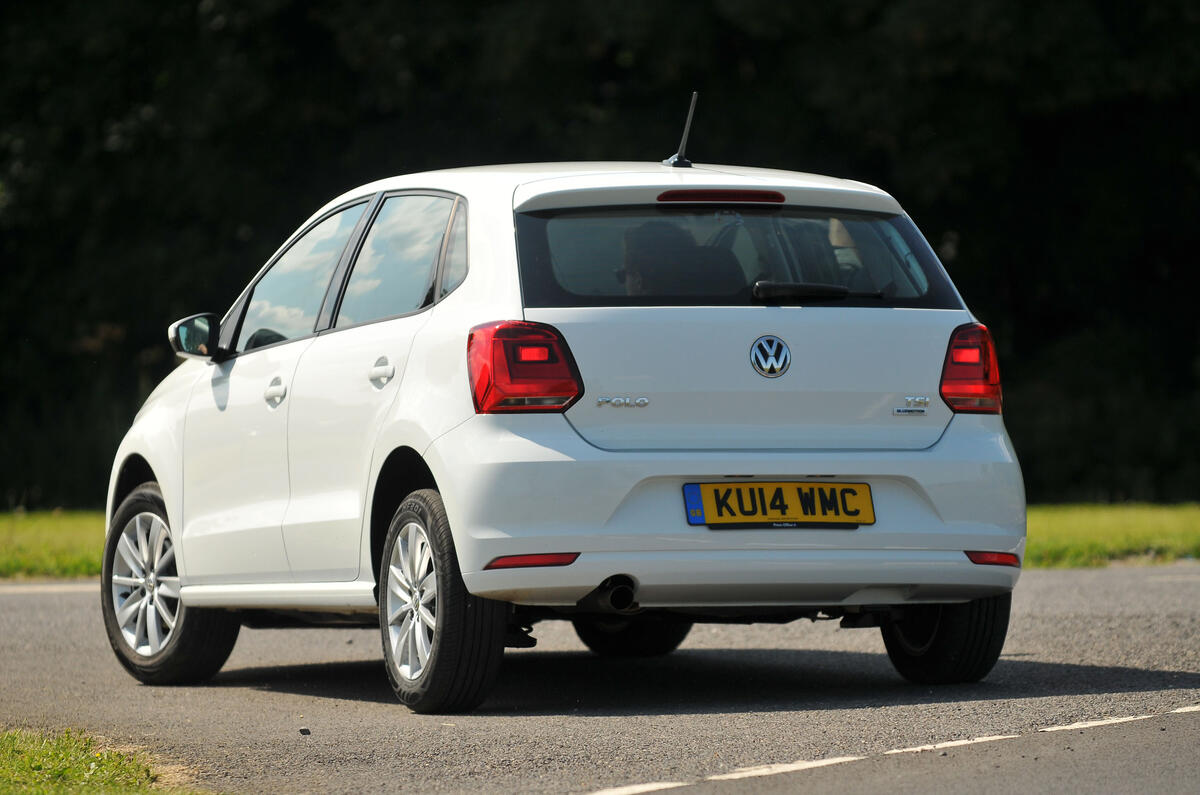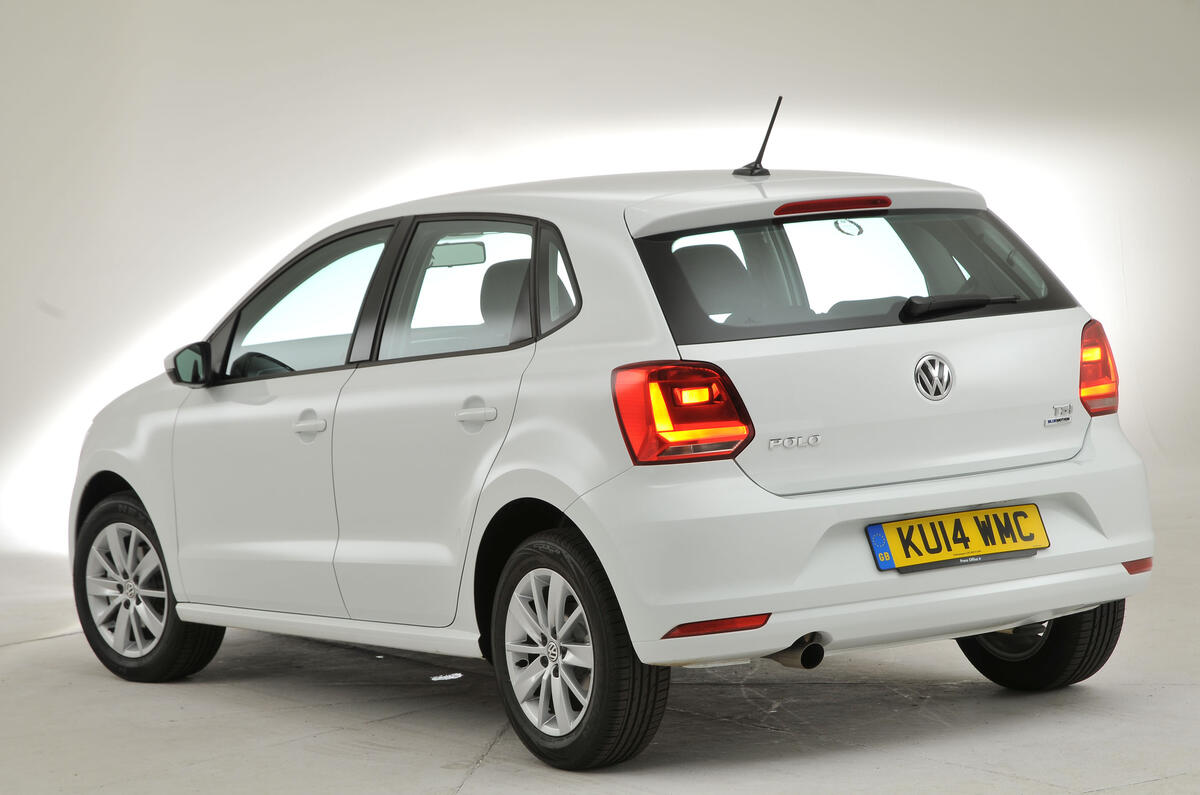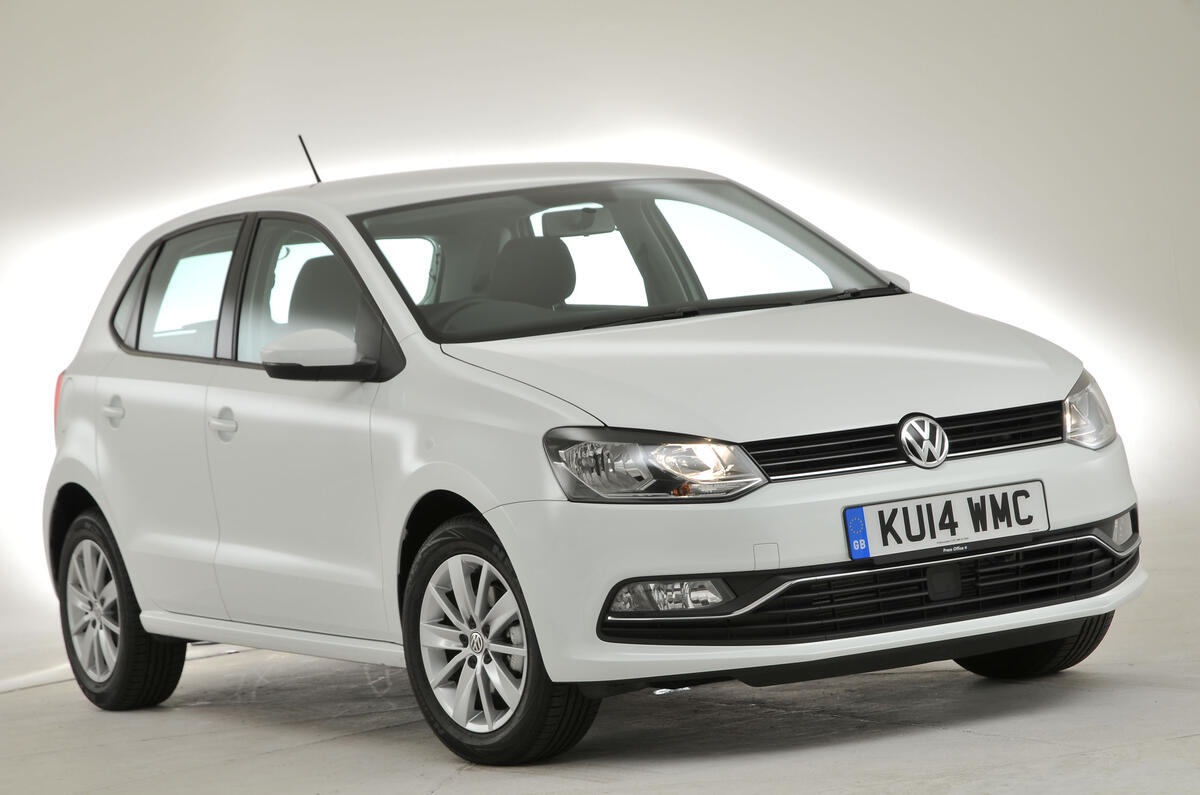When the mk5 Polo landed most mainstream supermini ranges – Fiesta and Corsa included – started with entry-level models that offered around 60bhp.
The Polo buyer, however, could have a 69bhp 1.2-litre three-pot that was mechanically identical to the 59bhp unit and which, theoretically at least, offered the same fuel economy.
Nonetheless, the bald performance figures for the 69bhp Polo weren't great. The car’s three-cylinder engine, even if worked as hard as possible, was only capable of pulling what was a relatively light car from rest to 60mph in 14.2sec.
For the segment it was competitive, but not exactly impressive. Thankfully the peppy, 103bhp 1.2-litre turbocharged four-pot engine proved to be the answer.
The early 1.4-litre diesel in the BlueMotion made strong case for itself, too. In spite of pedestrian performance, it was claimed to achieve a combined 80.7mpg and a CO2 figure of 91g/km.
The deisel SE could manage 70mpg according to the official figures, but it missed out on a free tax disc. The 1.4-litre turbocharged and supercharged GTI, with a 0-62mph time of less than 7.0sec, were swift and fun, if a little short of high-revving excitement.
Volkswagen also added Active Cylinder Management (ACM) to the Polo, which promised diesel-like efficiency from its petrol powerplants.
Starring in the BlueGT model, the technology featured on the 1.4-litre turbocharged four-cylinder engine. A pair of electronic actuators above the cams on the middle two cylinders controlled the movement of the valves and fuel injection.



